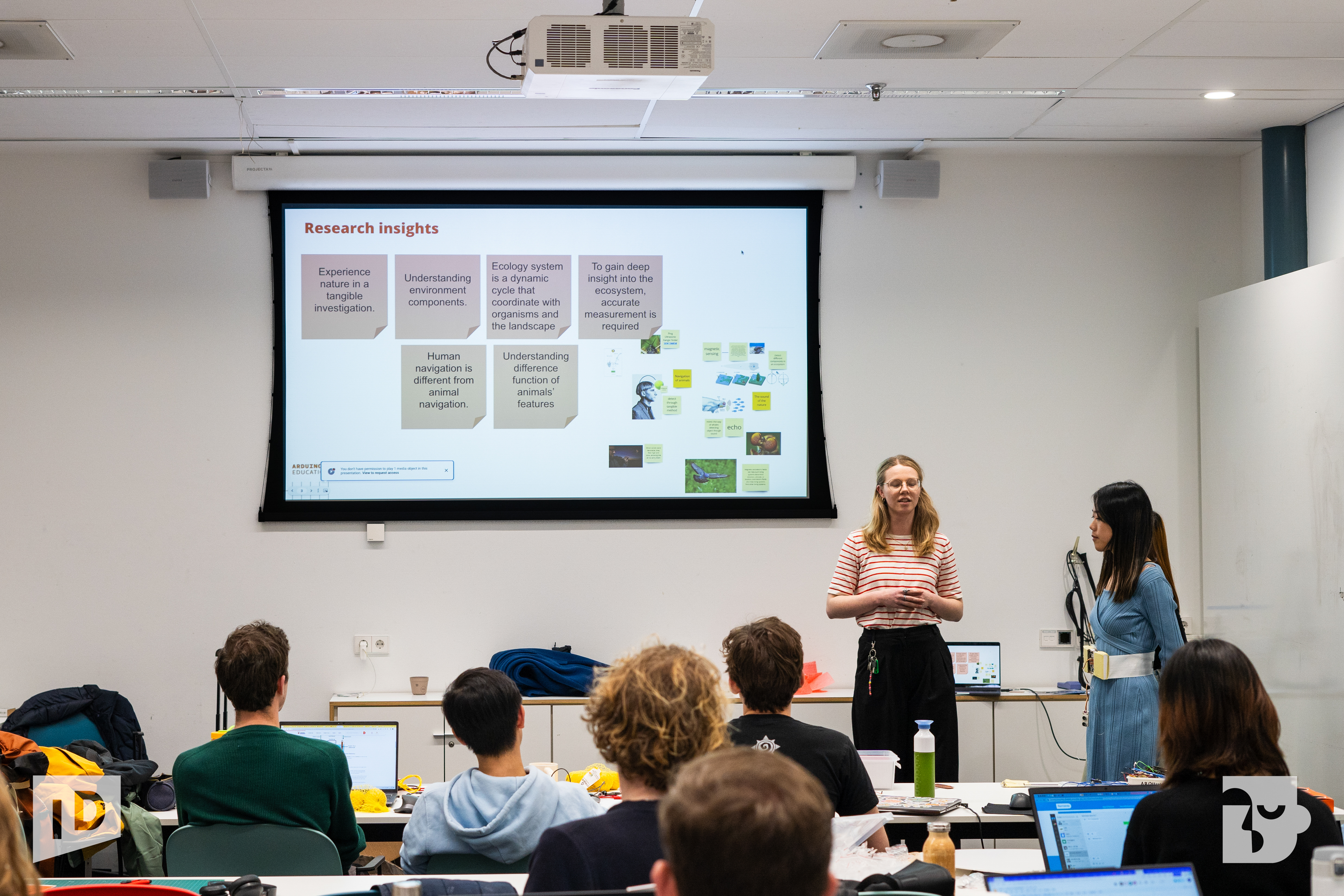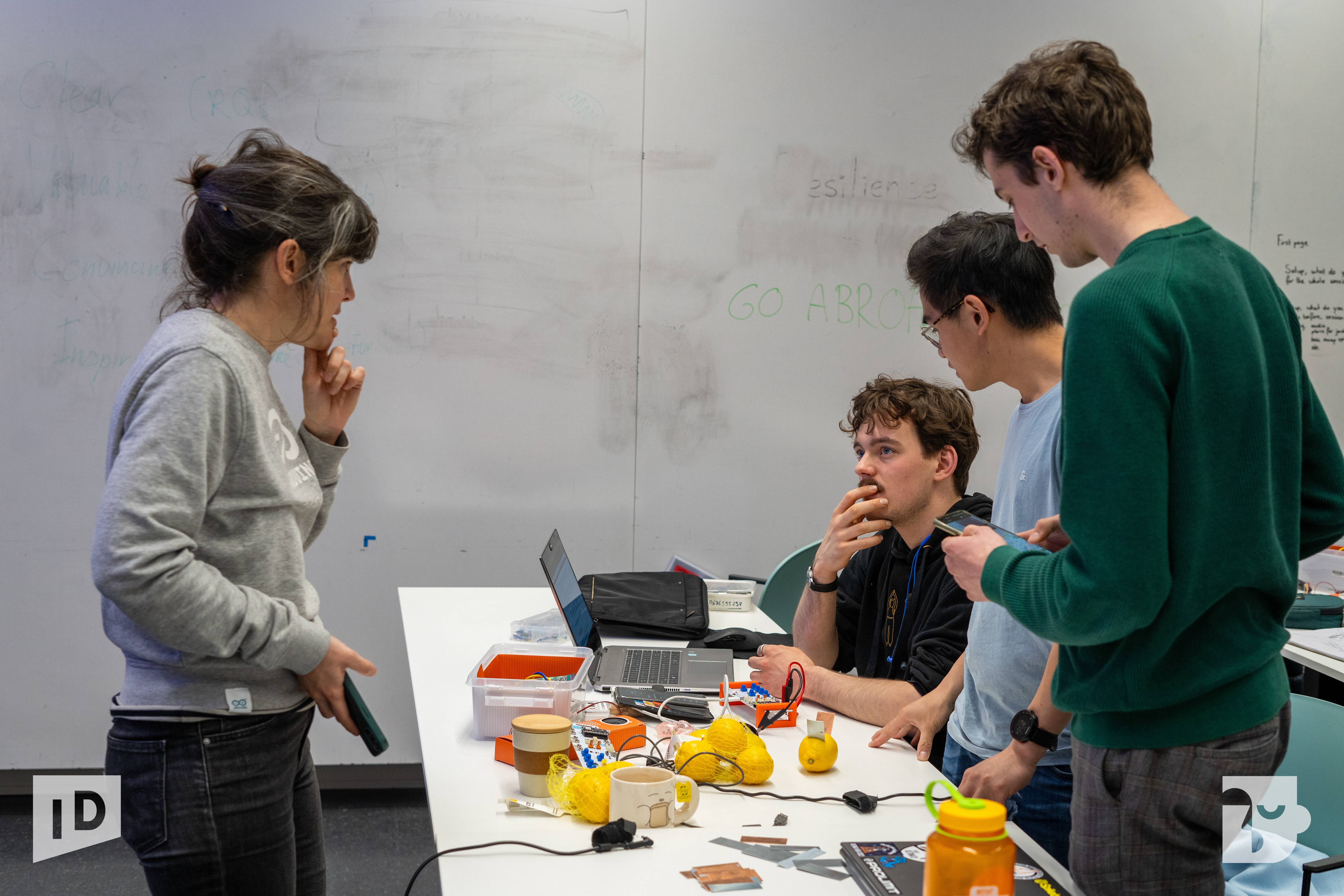The Benefits of Project-Based Learning in Education

In an evolving and increasingly connected world, many educators are abandoning traditional teaching methods in favor of a project-based learning (PBL) approach – and for good reason. PBL makes education more interactive, engaging and relevant, ultimately equipping students with the skills and knowledge they need to thrive in the future.
In this article, we’ll explain what project-based learning involves, how it’s being used in education, and the benefits it brings.
What is project-based learning?
Project-based learning, or PBL, is a student-centered teaching model in which learners explore real-world problems and challenges through extended hands-on projects. In doing so, they gain a deeper understanding of the subject matter and develop independent learning skills like problem-solving, critical thinking, collaboration, and creativity.
PBL lends itself perfectly to STEAM education; it brings complex theory to life and helps students understand how what they have learned in the classroom applies to real-world situations – hopefully bringing an end to the dreaded “but when will I use this?” question!
How is project-based learning used in education?
In recent years, we've seen a huge increase in the adoption of project-based learning in educational environments. According to a recent report by World Metrics, over 85% of educators say PBL is a positive and effective teaching approach. So how does it work in practice?
Generally speaking, PBL starts with a complex question, problem, or challenge that is relevant to students' lives or future careers. There are plenty of ideas online but here are a few examples that caught our eye:
Create a greenhouse structure – Farmers are having trouble growing crops during the cold winter months. Create a structure that would help crops grow during the winter.
Recycling project – Rubbish is taking over the school! Design a recycling organizer to separate different materials and help the school become more eco-friendly.
Create clean water – Too many areas of the world, including cities in our own country, do not have access to clean water. Design, build and test your own water filtration systems.
Students will typically work in teams to research, plan, and execute their projects, with the teacher simply acting as a facilitator or guide. During the project, they’ll need to ask questions, design and evaluate solutions to their problem, and analyze data.
Unlike traditional teaching models, learning is assessed through project outcomes rather than tests or quizzes. After completing their projects, students are then encouraged to reflect on their learning experiences and consider how they could improve their innovations.
Six benefits of project-based learning in education
Adopting a PBL approach can revolutionize your STEAM lessons, making them more enjoyable for both you and your students. Plus, there are tons of other benefits too! Here are just a few of them:
Increases engagement and motivation
One of the key benefits of project-based learning is that it boosts student engagement, motivation and understanding. Allowing students to take control of their projects gives them a sense of purpose, which means they’re more likely to be invested in their learning. This is crucial if you want to cultivate students’ curiosity and ignite a genuine passion for STEAM.
Prepares students for real-world challenges
PBL stands out for its ability to connect STEAM theory and practical applications. By working on projects that reflect real-world problems and scenarios, students can see how their learning is relevant outside of the classroom. It also helps them gain a deeper understanding of the concepts at hand. Who knows, you might even inspire them to pursue a career in STEAM!
Fosters critical thinking skills
Project-based learning immerses students in complex scenarios that require thoughtful analysis and strategic problem-solving. To tackle these challenges, they have to think analytically, ask questions, make informed decisions, and approach problems from multiple perspectives. Over time, this helps students develop critical thinking skills that are essential for success in the modern world. According to recent research, 92% of teachers who use PBL claim it boosts students’ ability to solve complex problems.
Promotes teamwork and collaboration
Another key component of PBL is teamwork. Students often work in groups to complete their projects, enhancing their collaboration and communication skills. Learning to work effectively with others, share ideas, and negotiate solutions are invaluable skills that students carry with them into their future careers and personal lives. This collaborative environment also mirrors the dynamics of the modern workplace, better preparing students for future employment.
Integrates multiple disciplines
Unlike traditional education methods that tend to compartmentalize subjects, project-based learning integrates concepts from various disciplines. These disciplines might fall within one curricular area, or they may encompass other areas. Either way, this interdisciplinary approach helps students understand how different areas of knowledge complement each other in real-world contexts.

Creates a more personal learning experience
Another advantage of PBL is that it enables students to create their own highly personal learning journey. In many cases, they can choose projects based on their interests and strengths, making learning more relevant and engaging for them individually. This personalized approach not only enhances motivation but also allows learners to delve deeper into subjects they are passionate about, fostering a love for lifelong learning.
Are you an educator looking to integrate project-based learning into your STEAM lessons? Then take a look at our Arduino Alvik robot, which comes with a wealth of fun and engaging PBL activities to ignite students’ imaginations.